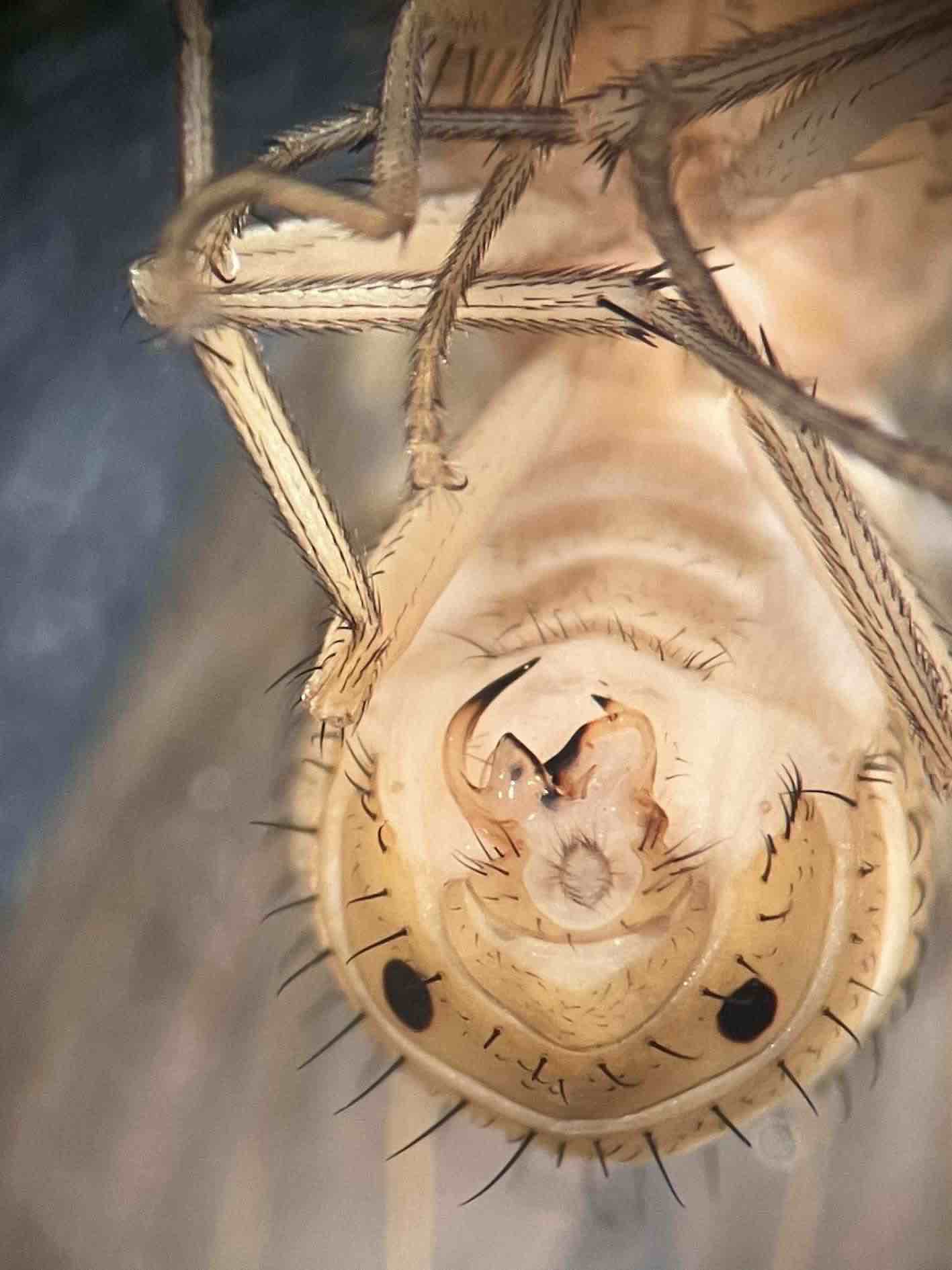Diptera.info :: Identification queries :: Diptera (adults)
|
Lauxanidae - Sapromyza
|
|
| TISSOT Bruno |
Posted on 28-02-2023 22:15
|
|
Member Location: Posts: 3 Joined: 08.04.17 |
I am trying to determine this species of Sapromyza. Is S. senilis possible? A single spot at tergite 6 (but on segments 5 and 6 in females) Thank you for your help ! Cordially TISSOT Bruno (RNN Lac de Remoray - France) TISSOT Bruno attached the following image:  [96.84Kb] Edited by TISSOT Bruno on 28-02-2023 22:26 |
|
|
|
| TISSOT Bruno |
Posted on 28-02-2023 22:23
|
|
Member Location: Posts: 3 Joined: 08.04.17 |
I am trying to identify this species. Sapromyza senilis possible? A single spot at tergite 6 (but on segments 5 and 6 in females) Thanks TISSOT Bruno attached the following image:  [194.7Kb] |
|
|
|
| Paul Beuk |
Posted on 01-03-2023 15:15
|
|
Super Administrator Location: Netherlands Posts: 19403 Joined: 11.05.04 |
Another important character to separate species in Sapromyzosoma is the number of rows of acrostichal setae (ac![header=[ac] body=[acrostichal setae<br /><img src='../infusions//terms/images/no_image.gif' style='vertical-align:middle;' />] delay=[0] fade=[on]](../infusions/terms/images/help.gif) ) but these are not visible in the pictures. ) but these are not visible in the pictures.On another note: S. senilis is mentioned in keys (Shatalkin 2000, translation Schacht et al. 2004) but these keys are flawed. At present no-one really can distinguish the species and the types have not been properly researched. Yarom (1990) examined them and correctly concluded they were not the same as S. quadripunctata. He re-instated the species a valid. Unfortunately, he did not look much further and just put them in his paper as a species of 'Sapromyza (Sapromyzosoma)'. Photos of the types on the website of the Paris museum clearly show that they are not Sapromyzosoma where as Meigen's original description and illustration seem to support that it should be a Sapromyzosoma. Until that is clarified the status S. senilis remains questionable, but if your specimens can be studied it could help to resolve the issue of the identity of S. senilis. Your photo of the genitalia seem to resemble the ilustrations of quadricinta in the literature, but then in mirror image. Unfortunately I have no specimens at hand to compare... Paul - - - - Paul Beuk on https://diptera.info |
| TISSOT Bruno |
Posted on 01-03-2023 22:10
|
|
Member Location: Posts: 3 Joined: 08.04.17 |
Paul, the number of rows of acrostichal setae (ac) is 4 ! Male and femelle. Merci ! B. Tissot |
|
|
|
| Jump to Forum: |













